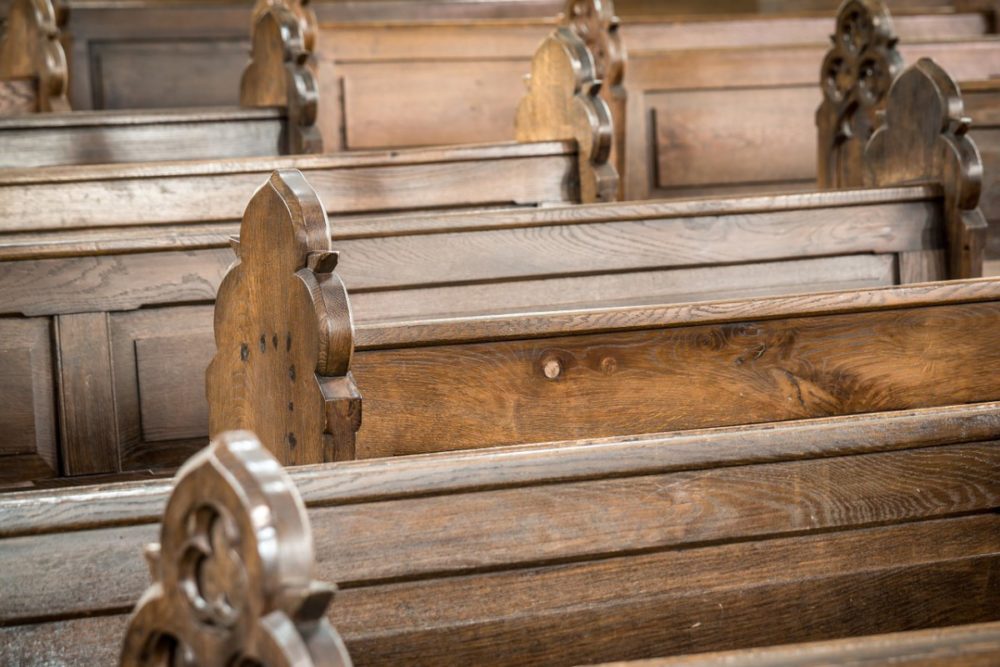“He shall lay his hand on the head of the burnt offering, and it shall be accepted for him to make atonement for him. Then he shall kill the bull before the Lord, and Aaron’s sons the priests shall bring the blood and throw the blood against the sides of the altar that is at the entrance of the tent of meeting” (Leviticus 1:4-5).
It is no wonder that not many of us relish that portion of our read-the-Bible-in-one-year plan that takes us through Leviticus. How morbidly gory. And this description of sacrificial events is not merely the introduction, after which we get to the ‘good stuff.’
Repeatedly we are told how we are to treat peace offerings, either from the herd or the flock, lamb or goat. We are instructed how to treat offering for unintentional sins, intentional sins, sins of the congregation, sins of leaders. We are instructed how to deal with the uncleanness of childbirth, of nocturnal emissions, of leprosy – even of leprous houses.
And for each of these offenses and offerings, an animal dies. The perpetrator brings his lamb to the priest, lays his hands on its head, and turns it over to the priest for slaughter, its blood spilled and flesh torn.
Over and over, offense after offense, animal after animal God gives us the picture of the guilty laying his hand on an innocent substitute. Over and over, day after day, year after year, the picture of symbolic transfer is played out in the scene of temple life for Israel, and as a result of the magnitude of sin, the bleating of sheep fills the ears and the running of blood is ever before the eyes.
“For the life of the flesh is in the blood, and I have given it for you on the altar to make atonement for your souls, for it is the blood that makes atonement by the life” (Leviticus 17:11).
We no longer have the picture of temple sacrifice in the style of Leviticus. Instead, we have the Lord’s Supper, with its otherwise mundane elements and repeated words “this is my body, this is my blood.” And rather than depicting a repeated event, these pictures themselves are reminders of a single event, an accomplished act, the final Levitical sacrifice.
It is now Christ who is the sacrificial Lamb, led to the slaughter, his blood spilled and body torn. And it is my offense that requires his presence on the altar, my hand placed on his head, my guilt transferred to the one who was innocent.
When we commemorate the Last Supper in Maundy Thursday celebrations, the crucifixion in Good Friday services, when we claim that we have trusted Christ, we are saying to the priest, to our neighbor, to our fellow offender that we have sin for which blood needs to be shed, and that we have placed our hands on the head of the spotless Lamb. We are proclaiming that it should have be us on the cross.
And when we join together for sunrise services on Resurrection Day, we are acknowledging as obsolete the Levitical system which required that once an animal was slaughtered and new offenses committed, new life was required, new blood had to be spilled.
Instead, in the New Covenant, in which “this is my body, this is my blood,” this Lamb is not forever silenced, his heart not forever stopped, because he was Begotten of the Father and was able to bear the punishment for sin in our stead, God providing proof that he was satisfied with the Lamb by raising him from the dead.
It should have been the offender’s own blood in Leviticus, it should have been our own body on the cross, but praise God that it was the Lamb slain from the foundation of the world.

